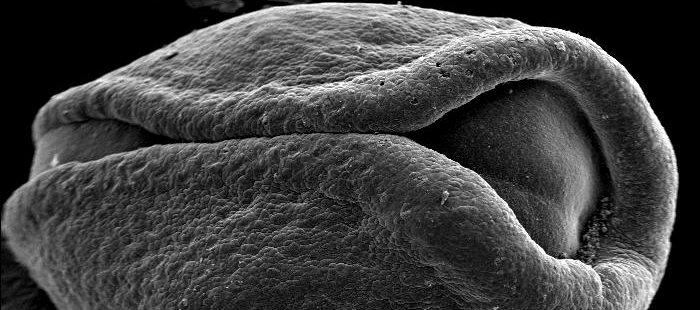February 9, 2014
What does our current knowledge of the nervous system itself tell us about the origin of this felt, inmost being? If the soul is a priori to the growth of the flesh, wouldn’t this suggest that the nervous system arises first in our embryology, and governs future growth? But it doesn’t. In fact, the development of the central nervous system proceeds along an arc that seems quite opposite to the spiritual birth-narrative.
